Published in the Sunday Indian Express Magazine - Eye on 27 July 2025
A quiet revolution is reshaping the way we engage with art, history, and memory, and it might just change how you travel next.
During the pandemic, I hosted a daily podcast called Know the Unknown. Across 420 episodes, I explored stories and curiosities from around the world. You can still listen to these episodes today on Spotify and Apple Podcasts. One of my favourites was the episode titled ‘Why is the Mona Lisa always staring at you?’
It touched upon the unique artistic technique called ‘sfumato’ that da Vinci used to create that illusion, no matter where you stand, it feels like she’s looking right at you. I still think about that whenever I walk into the gallery and see people crowding around that one small, surprisingly unassuming painting in the Louvre.
You see, when we started Veena World, long before we had our team of over 350 exclusive tour managers, even I used to go on tours as a tour manager. It taught me a lot. After guiding thousands of travellers across iconic cities, I noticed something consistent.
Most rush through museum halls, search for the famous piece, take a photo, and move on. The moment with the Mona Lisa? For many, it ends in surprise. ‘That’s it? It’s so small!’
This made me realise that our relationship with museums is evolving. Or at least, it should be. Because the world of museums isn’t just about reverence and quiet anymore. It’s about interaction, emotion, imagination, and surprise. It’s about how a child might lie down on a sensor-activated floor in Tokyo and create art with their footsteps. Or how you might step into a mirrored infinity room and suddenly feel a strange sense of being everywhere and nowhere.
Today, let's explore how museums are changing. From immersive digital spaces to playful, hands-on exhibitions, this is a new age of museums. And there's something here for every kind of traveller, especially if you think museums aren’t for you.
A brief history
If you look at many of the museums around the world from the last century, they follow a fairly universal template: hushed rooms, artefacts behind glass, artworks mounted on white walls, and placards that explain their significance in neat, serifed fonts.
Designed as quiet spaces to preserve history and art, many museums can feel distant, especially for those not trained in art or history. A typical visit involves walking into a large hall, picking up an audio guide, reading placards, taking photos, and moving on.
It is educational, certainly, but it rarely feels personal. And for younger travellers or those with shorter attention spans, traditional museums could feel like a checklist, not a discovery. But times are changing.
We are seeing the walls come alive with projection mapping. Soundscapes fill rooms. Interactive displays invite you to vote, build, or sketch. The very idea of what constitutes an ‘exhibit’ has expanded. Now, your movement through the space might shape the artwork itself. The experience has shifted from passive to active.
The Rise of Immersive Experiences
Walk into a museum today, and you might find yourself stepping into a completely different world. One where you are not just looking at art, but are surrounded by it, walking through it, sometimes even becoming part of it.
Take TeamLab Borderless in Tokyo, for example. There are no maps, no set paths. Just a dreamscape of interactive digital art that moves with you. Walk into one room and flowers bloom under your feet; enter another and waves crash around you in brilliant 3D projections. It’s art that doesn’t just sit on a wall. It reacts, evolves, and plays back.
Even historic institutions are adapting. The Van Gogh immersive exhibitions, which have travelled across cities worldwide, invite you to walk through projections of his art. Giant sunflowers swirling across the floor, Starry Night sweeping across entire walls.
It’s less about just appreciating the brushstrokes and more about feeling the emotion behind them. And I don't mean to say that these experiences are replacing traditional museums. Rather, they complement them. They meet people where they are: curious, sensory-driven, often short on time, but eager to connect.
Immersive museums are especially impactful for younger audiences and families. Children who might find an oil painting uninteresting are suddenly mesmerised by glowing rooms, soundtracks, and motion-triggered effects. For adults, too, these spaces spark imagination and often lead to a deeper appreciation of the art or story being told.
And perhaps that’s what makes this shift so exciting. It’s not about making museums more entertaining, it’s about making them more alive.
Play and Participation
Not every museum needs projection mapping or high-tech installations to feel fresh and engaging. Sometimes, all it takes is a simple invitation to play.
Across the world, there’s a growing focus on interactive design. Spaces where touching, building, experimenting, and even making noise isn’t just allowed, it’s encouraged. Children’s museums have long embraced this ethos, but now, this playful spirit is finding its way into science centres, history museums, and even art galleries.
Take the Exploratorium in San Francisco, for instance. It’s a museum built entirely on the premise of curiosity. Want to freeze your shadow? Go ahead. Build a bridge out of blocks? Sure. Understand the human heartbeat by dancing in front of a light sensor? Absolutely. Learning here is a full-body experience.
In Europe, Micropia in Amsterdam is a museum dedicated entirely to microbes. Doesn’t sound exciting? Wait till you scan your skin and see the invisible organisms living on your body projected on a screen. It’s science, surprise, and a little bit of squeamish fun rolled into one.
The underlying idea here is simple: we learn better when we participate. Whether it’s through movement, emotion, or tactile play, museums that let us do something, create stronger, more lasting connections.
And while kids thrive in these environments, adults benefit just as much. Because the truth is, we never really outgrow the joy of pressing buttons, asking questions, or seeing how things work.
But not all innovation is futuristic. Some of the most impactful changes are unfolding quietly within the world’s oldest institutions.
Traditional Museums Are Evolving Too
While immersive installations and playful spaces have reshaped the museum experience, some of the most iconic and traditional institutions are evolving in their own quiet but powerful ways. Take the Louvre in Paris. Known for its centuries-old masterpieces and formal galleries, it now offers an immersive Mona Lisa virtual reality experience.
Don a headset, and you are transported into the world behind the painting: learning about the sitter, the technique, and da Vinci himself in a way that’s both informative and intimate. It’s a far cry from the typical ten-second photo moment in a crowded room.
The Rijksmuseum in Amsterdam, home to works by Rembrandt and Vermeer, has introduced interactive apps and in-gallery drawing stations that invite visitors to observe more deeply, sketch their impressions, and engage with the art actively.
This shift isn’t just happening across Europe and America. Indian museums too are embracing change. The Indian Music Experience Museum in Bengaluru blends technology, soundscapes, and hands-on stations to bring India’s musical heritage alive.
In Amritsar, the Partition Museum uses oral histories, personal artefacts, and immersive storytelling to help visitors emotionally connect with one of the most complex chapters of India’s past.
Emotion & Empathy
And beyond interaction and play, some museums aim for something deeper: to move us. They are the ones that stay with us long after we have walked out the door.
Take the Jewish Museum in Berlin, designed by architect Daniel Libeskind. Its zigzagging layout, stark voids, and angled walls don’t just house history, they embody it. Walking through its empty Holocaust Tower or the Memory Void filled with metal faces underfoot, you don’t just learn about loss, you really do feel it. It’s architecture and curation working together to create an emotional response.
In Hiroshima’s Peace Memorial Museum, the charred remains of clothing, melted watches, and haunting photographs confront you with humanity’s capacity for both destruction and resilience. The experience is quiet, respectful, and devastatingly powerful.
In Cape Town’s District Six Museum, the stories of a forcibly removed community are told not through statistics, but through handwritten memories, street signs, and kitchen tiles from demolished homes. It’s personal, messy, and deeply human.
These kinds of museums ask for more than just our attention. They ask for our empathy. They challenge us to sit with discomfort, reflect on our own histories, and perhaps see the world a little differently.
And it’s not all solemn. Sometimes emotion comes through joy, wonder, or nostalgia. The Museum of Broken Relationships in Zagreb is a beautiful example. Filled with objects from past relationships, each accompanied by a story, it’s touching, funny, and surprisingly universal.
My Travel Tips
One of the most common things travellers experience is what we call museum fatigue. That feeling of being overwhelmed, when you have moved through too many galleries, seen too many objects, and tried to take in too much, too quickly. Your feet hurt, your attention fades, and by the end, everything blurs into one big historical haze.
That’s when I always recommend slowing down. Instead of trying to cover an entire museum in one go, just focus on one section. Choose the one that truly interests you, and let yourself absorb it fully. You will leave more fulfilled, not less.
And here’s a small but essential tip, don’t visit a museum on an empty stomach or when you are exhausted. A tired mind doesn’t wander well. Many museums today have excellent cafés, perfect for a quiet pause, a warm drink, and a bit of reflection between exhibits.
So the next time you visit a museum, don’t rush. Don’t chase the highlight. Instead, linger. Touch, feel, imagine. Because, as I have learned from both podcasting and travel, the best discoveries happen when you slow down and truly look.










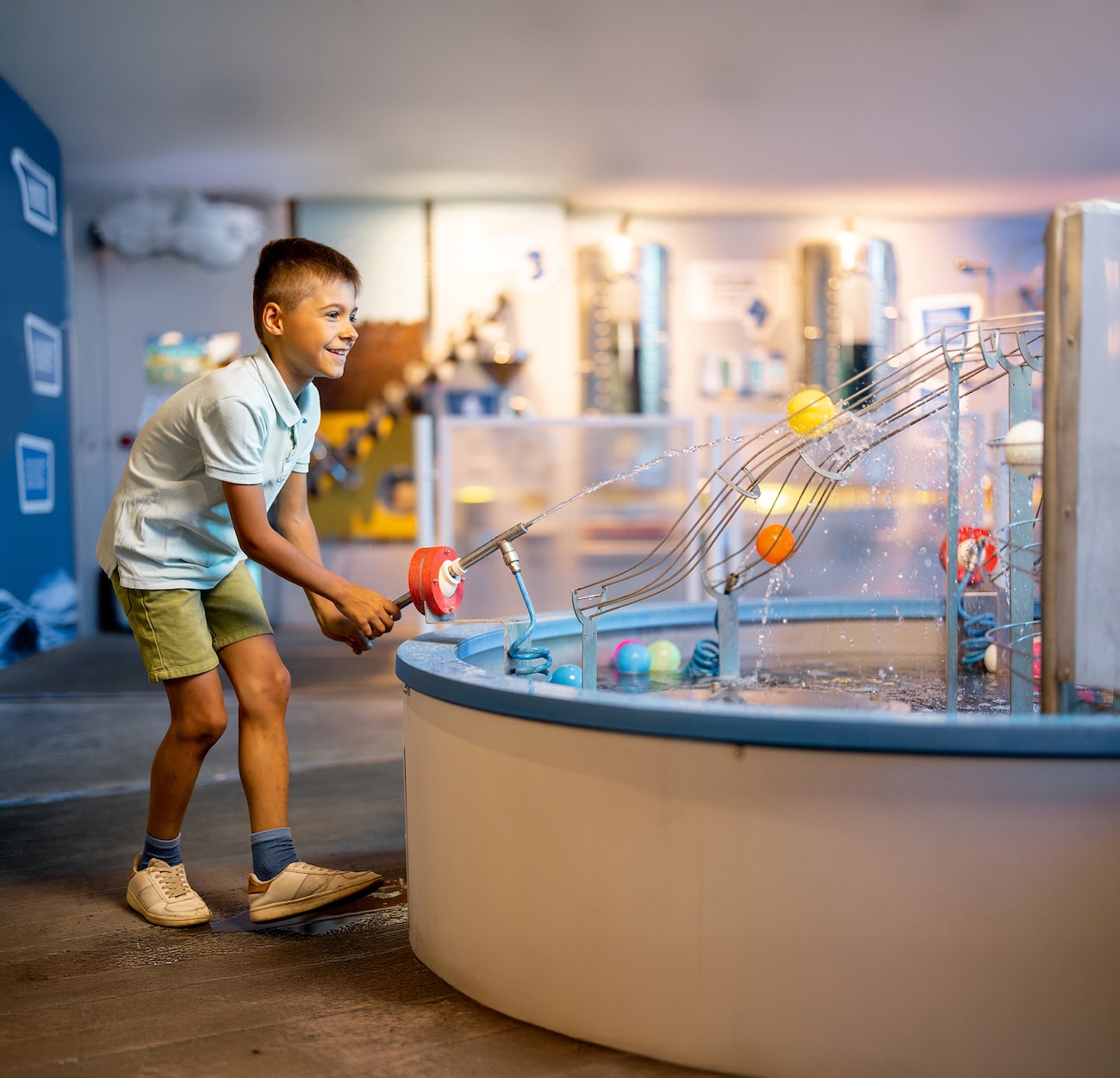
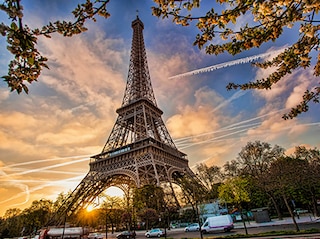
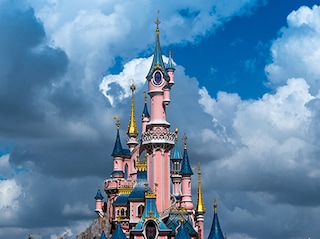


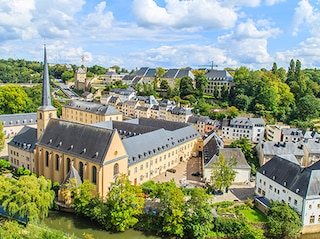





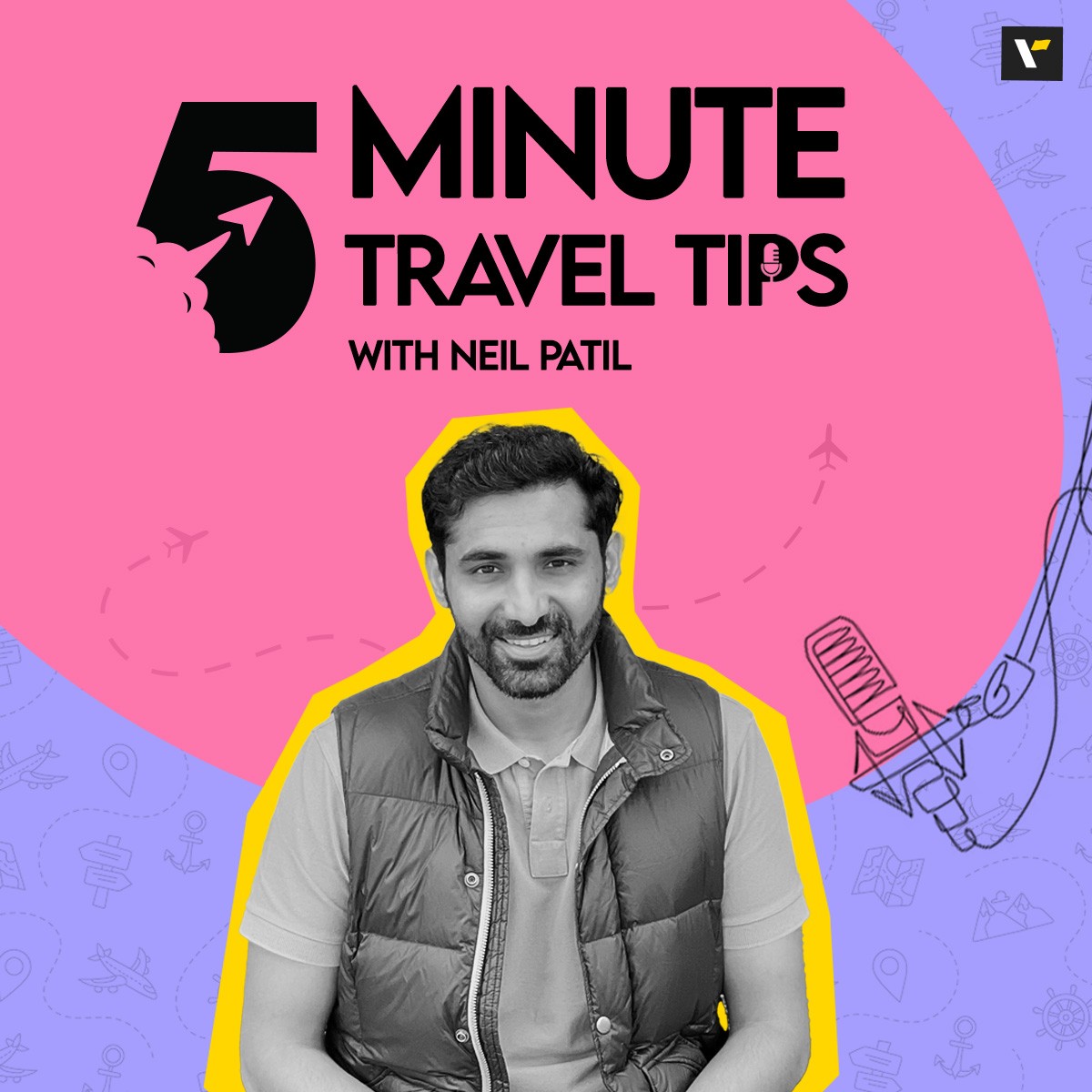





















Post your Comment
Please let us know your thoughts on this story by leaving a comment.